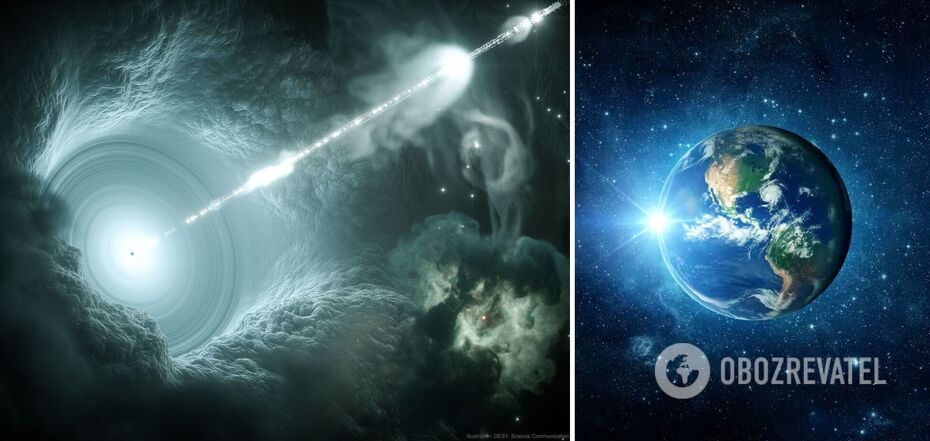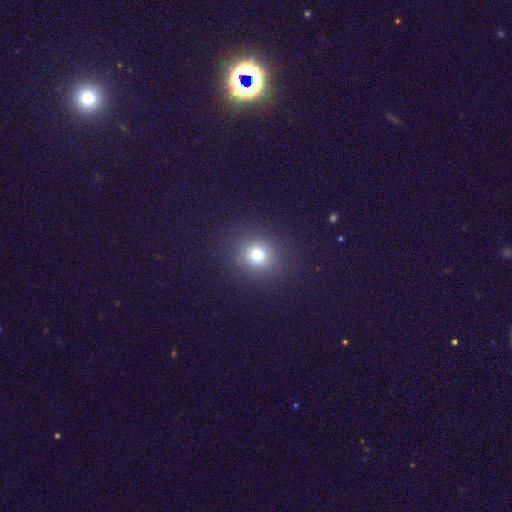Life
Black hole in a distant galaxy has turned around, sending a beam towards Earth: even physicists are puzzled
A black hole located in a galaxy 4 million light-years away suddenly made a 90-degree turn, directing its jet directly towards the Earth. This phenomenon puzzled Earth-based physicists and astronomers, who had never seen such a striking change.
They described their observation in a study published in the journal Monthly Notices of The Royal Astronomical Society. LiveScience reports the details.
What the scientists observed is the active galactic nucleus (AGN), which is a so-called hungry black hole that emits radiation at a speed close to light. Such black holes, which are found in many galaxies, accumulate matter by ejecting powerful jets of high-energy particles known as relativistic jets.
Depending on where the jet is directed, scientists classify AGNs. When the relativistic beam is directed towards the Earth, such an AGN is called a blazar.
The distant galaxy PBC J2333.9-2343, when first discovered by scientists, directed its jet perpendicular to the line of sight from the Earth. However, after a 90-degree rotation, it is now pointing directly at the Earth.
"Our hypothesis was that the relativistic jet of the supermassive black hole had changed its direction, and to confirm this idea, we had to make a lot of observations," said lead author of the study, astrophysicist Lorena Hernández-García.
To verify their findings, Hernández-García and her colleagues observed PBC J2333.9-2343 across almost the entire electromagnetic spectrum, from radio waves to gamma rays. Their observations confirmed that this galaxy had characteristics typical of blazars: it brightened and dimmed like a blazar and had similar jets.
Evidence that the jet has changed its direction was also provided by the so-called petals, the zones where AGN jets interact with the surrounding gas, leaving their mark.
What exactly caused such a large shift is still unknown. Astronomers are still working on a theory that could answer this question. There is only an assumption that PBC J2333.9-2343 could have collided with another galaxy, changing its orientation in space. Scientists plan to continue to monitor the behaviour of this galaxy.
Earlier, OBOZREVATEL told about the discovery of a black hole that is 30 billion times larger than the Sun. It is one of the largest black holes in the Universe.
Subscribe to OBOZREVATEL's Telegram and Viber channels to keep up with the latest news.




























